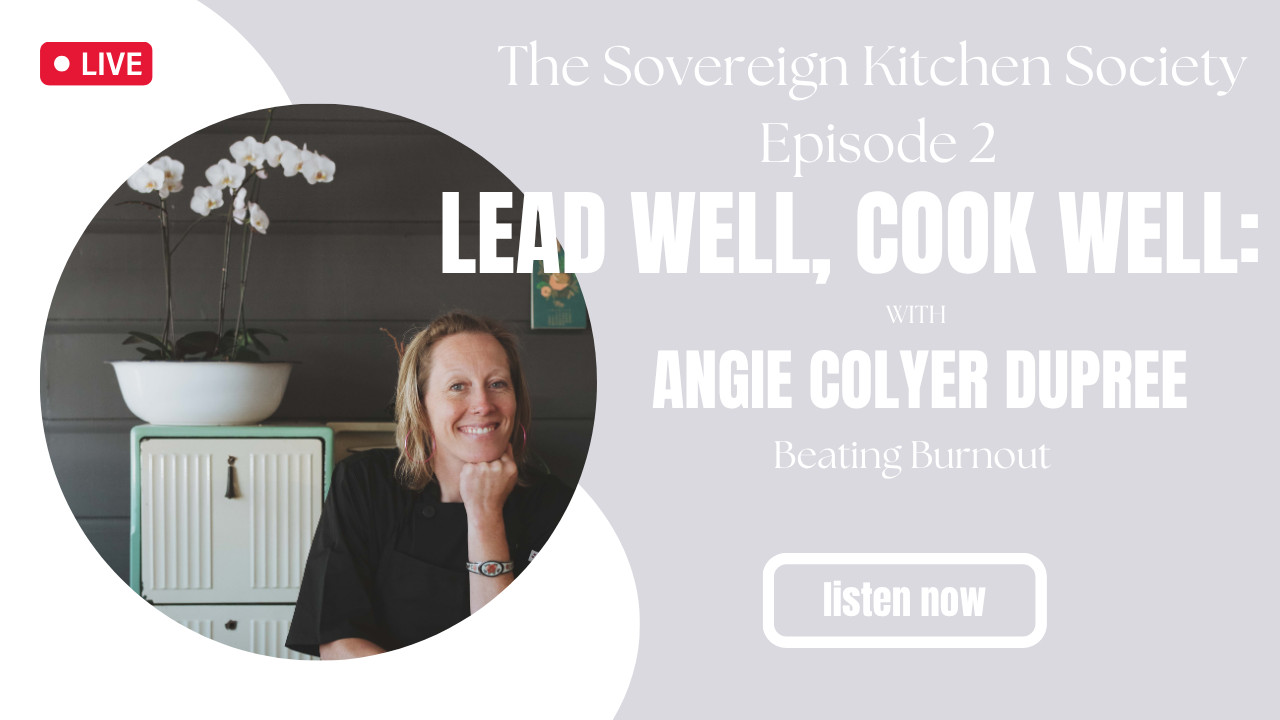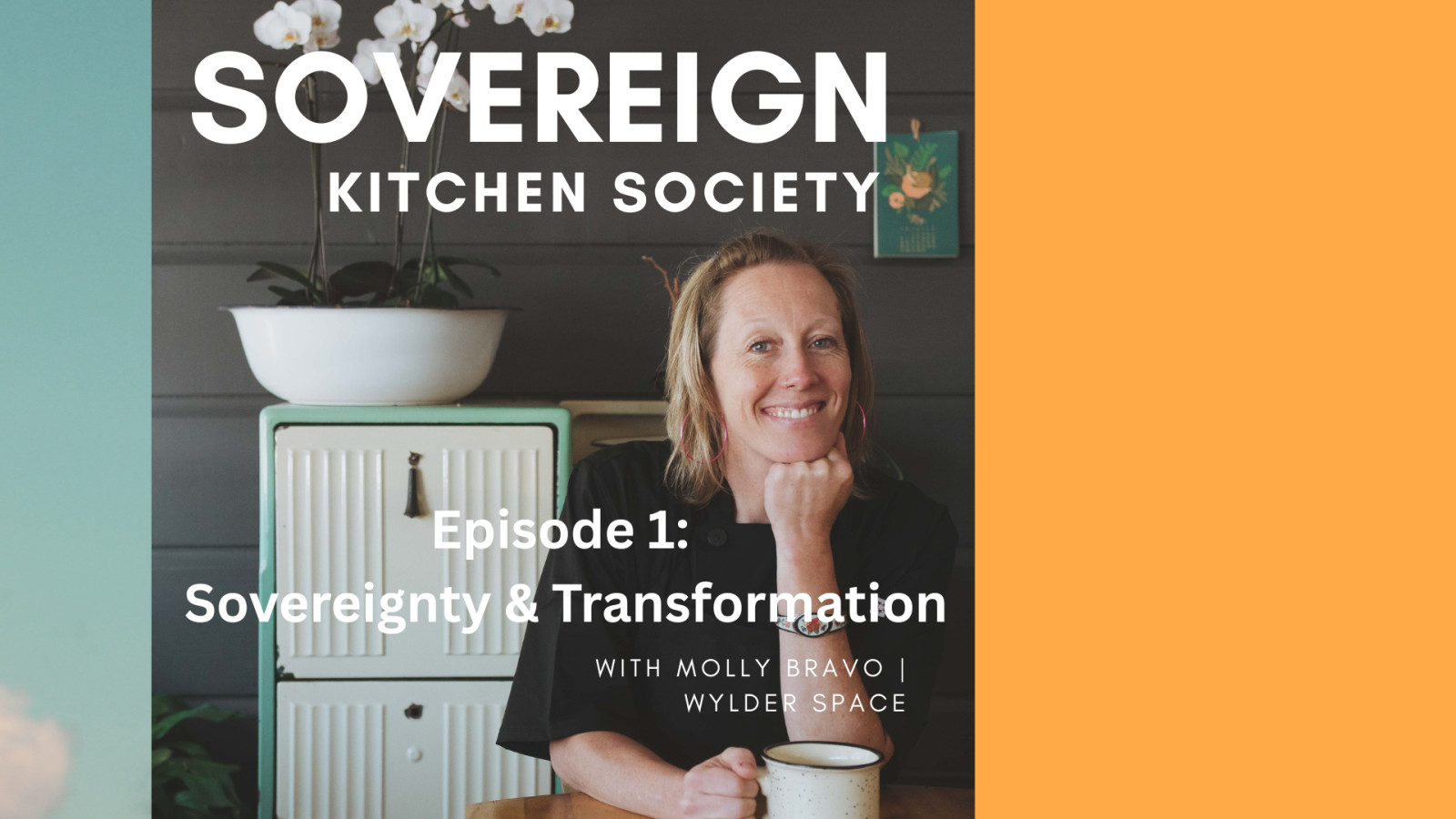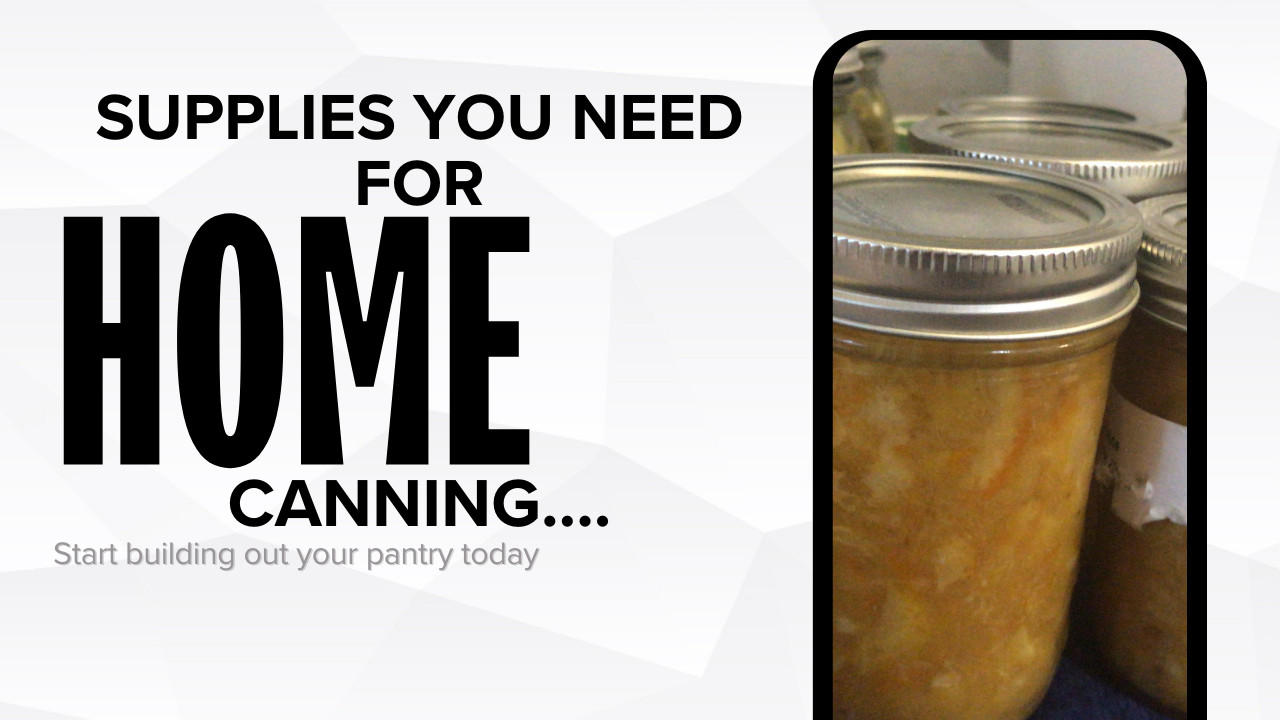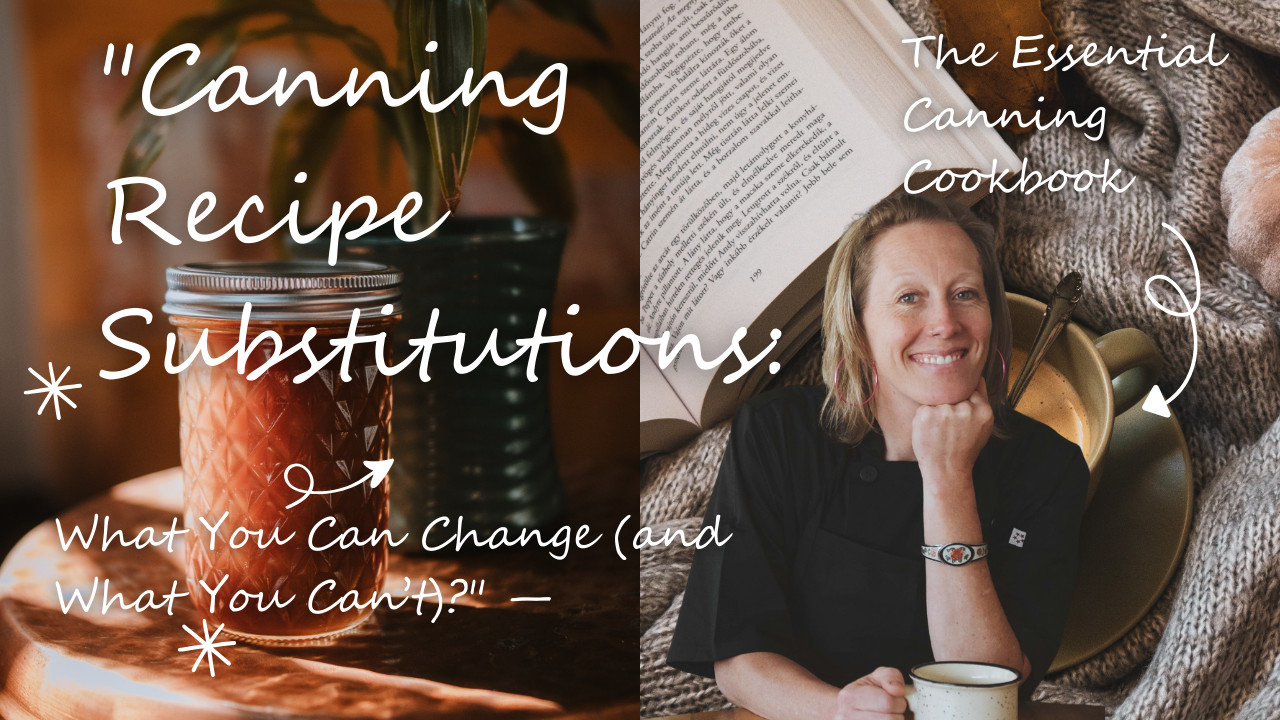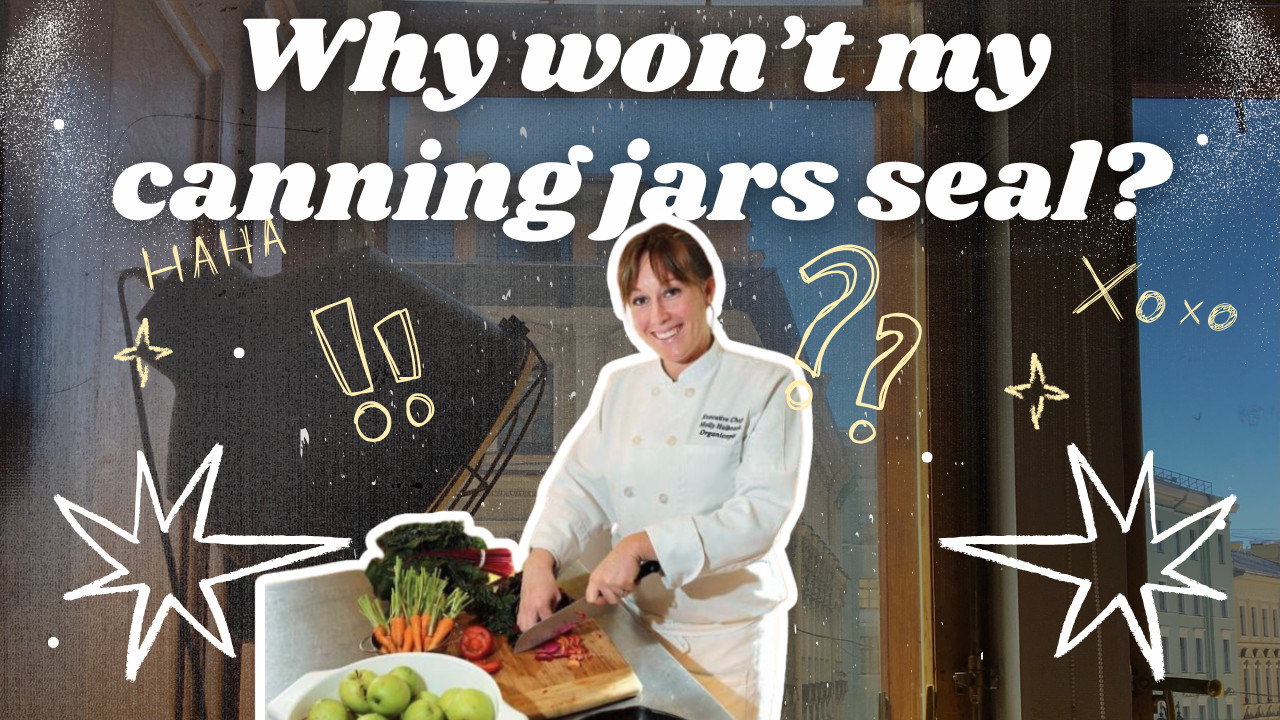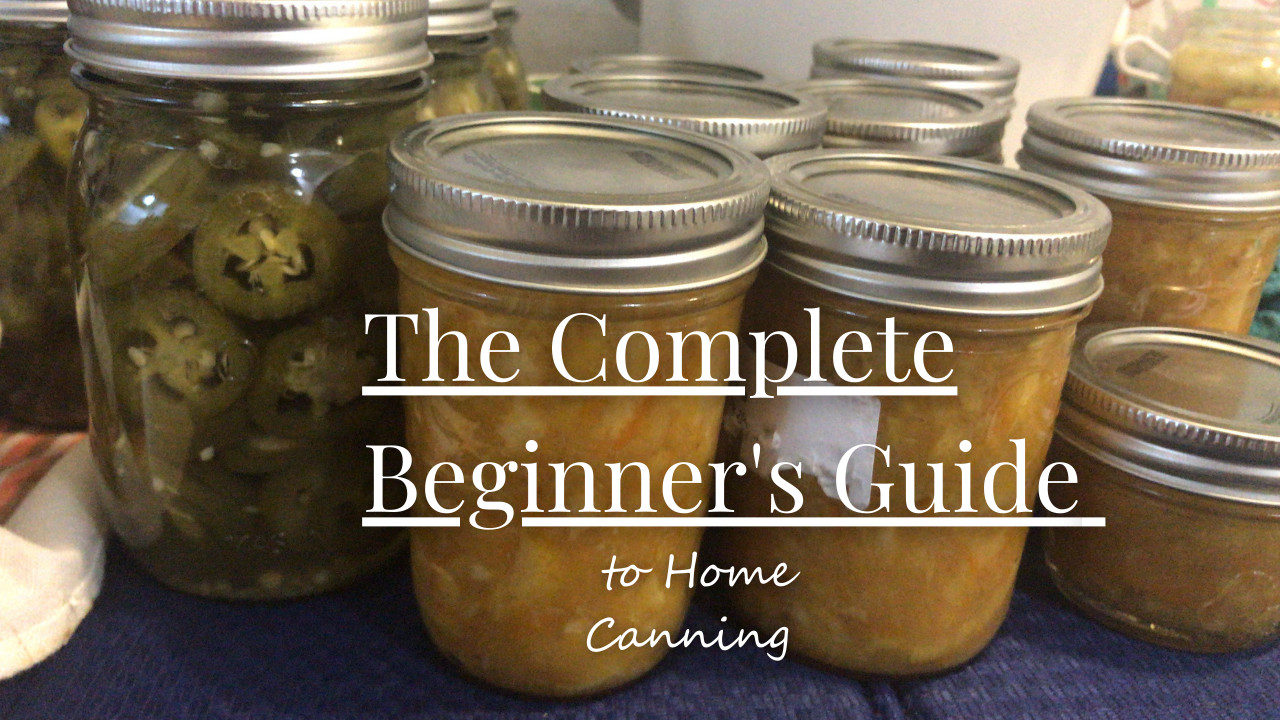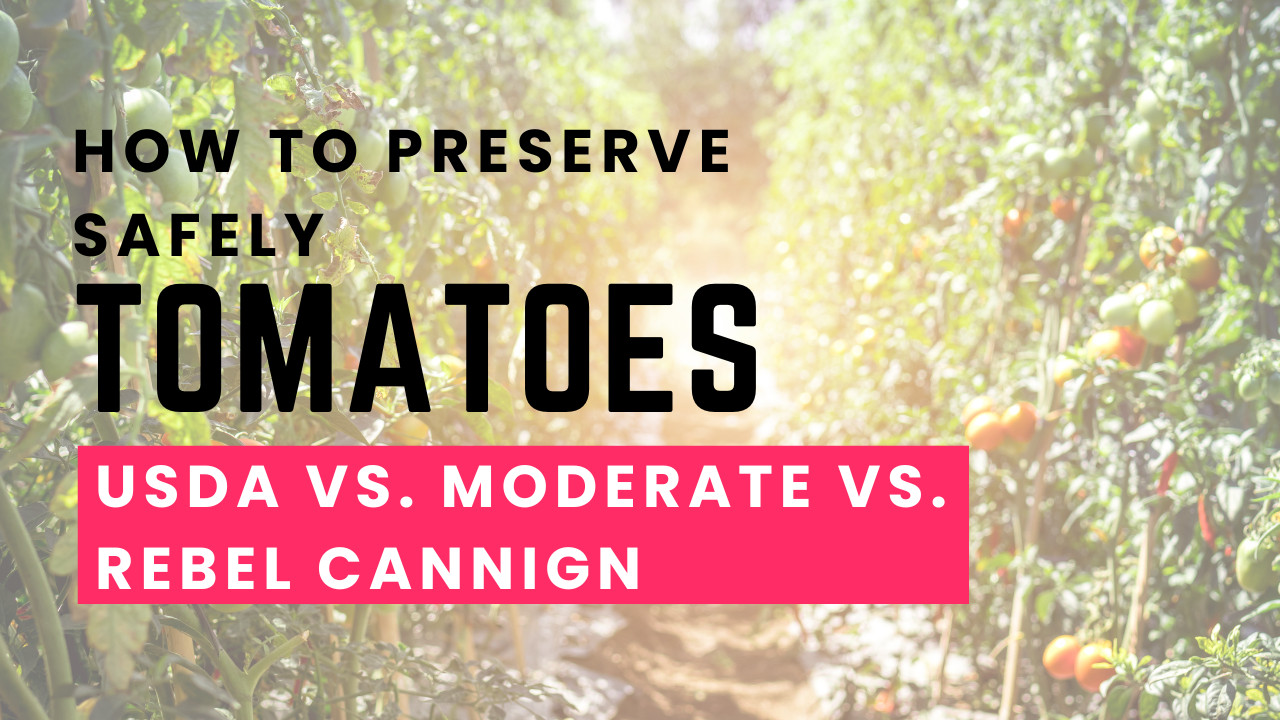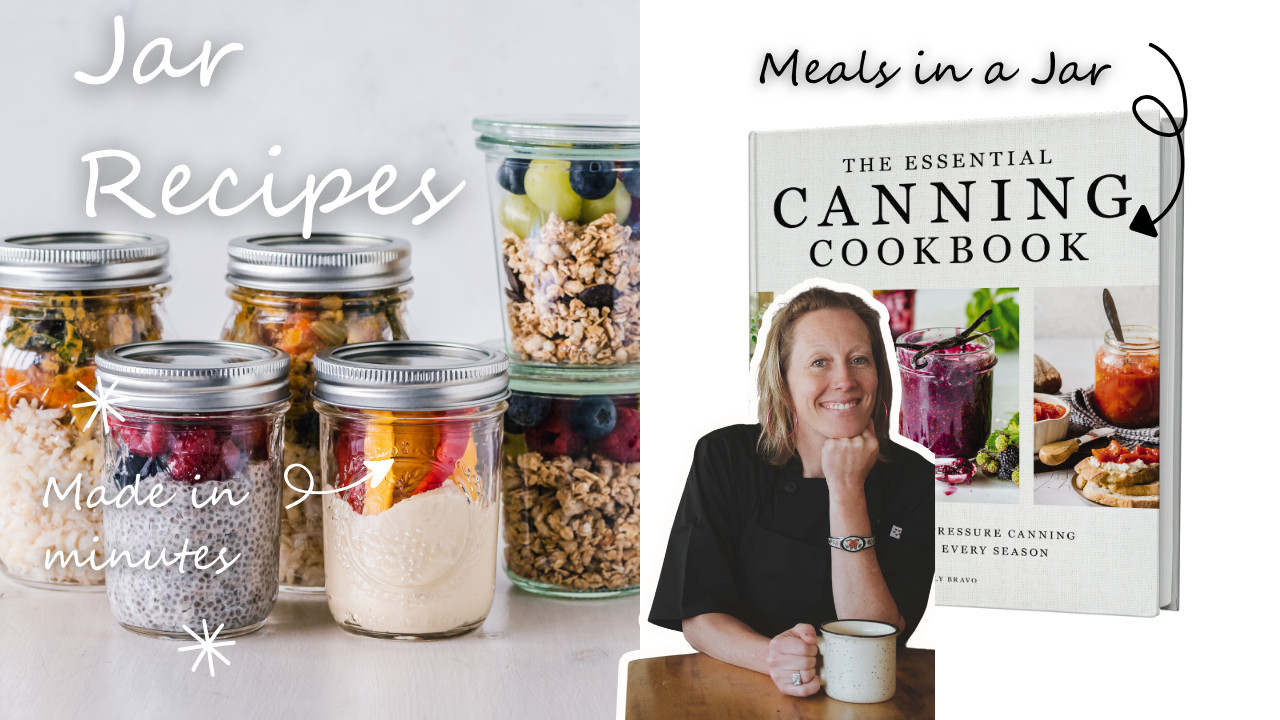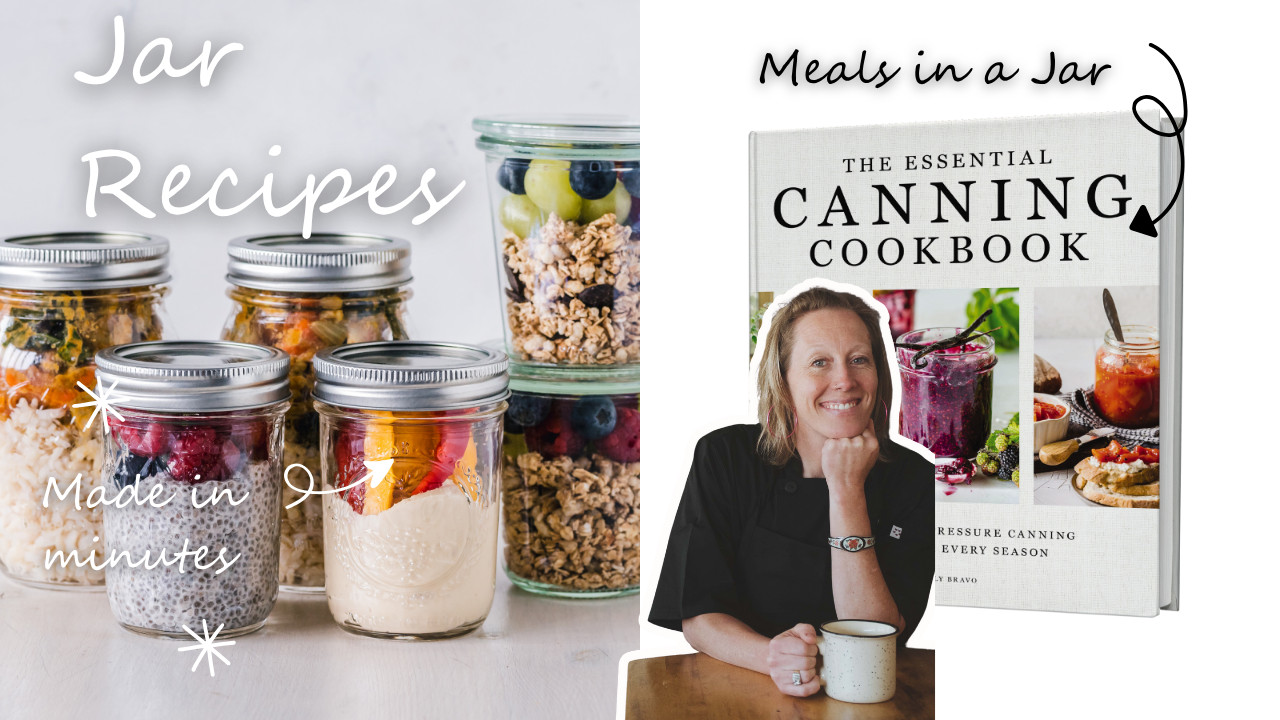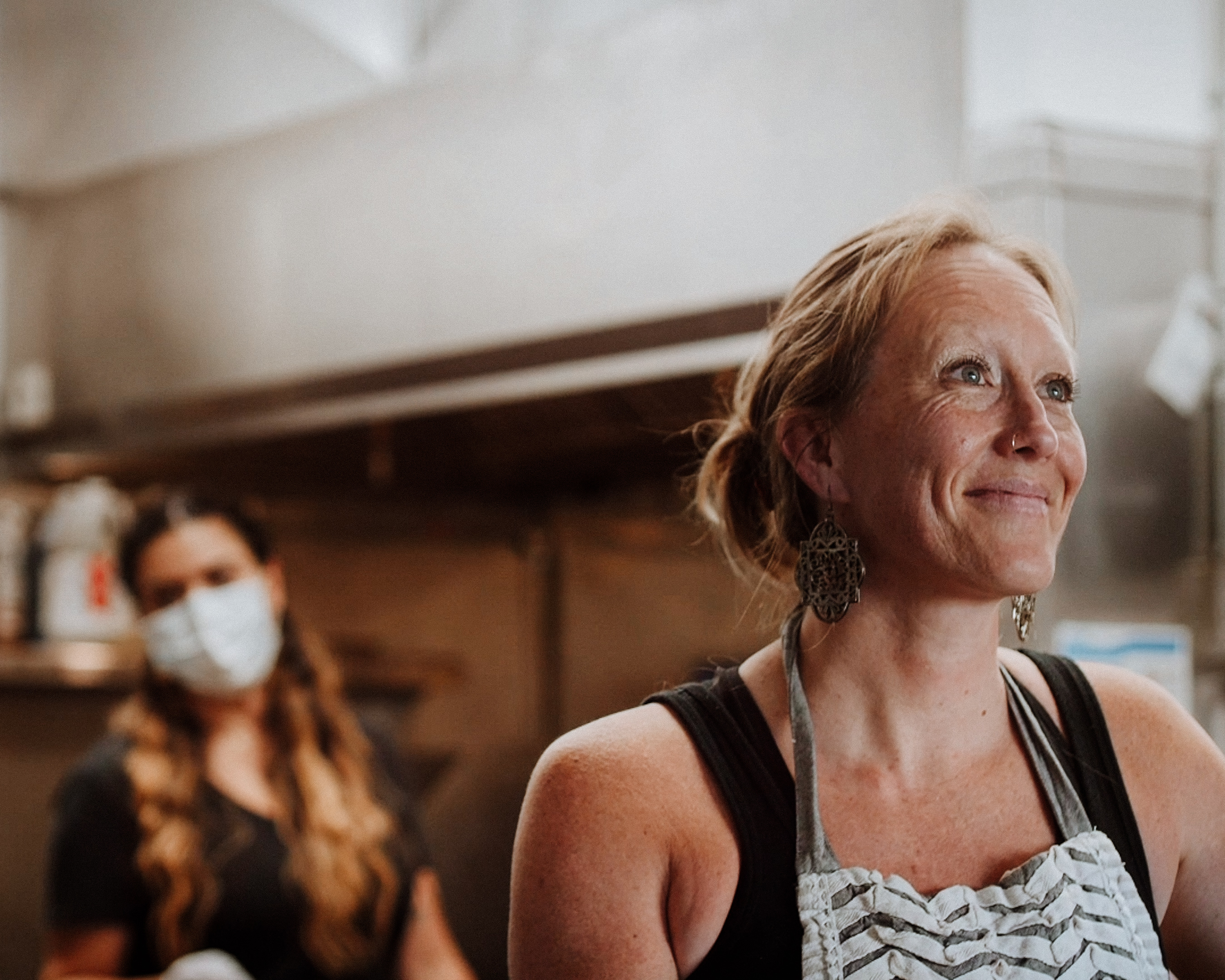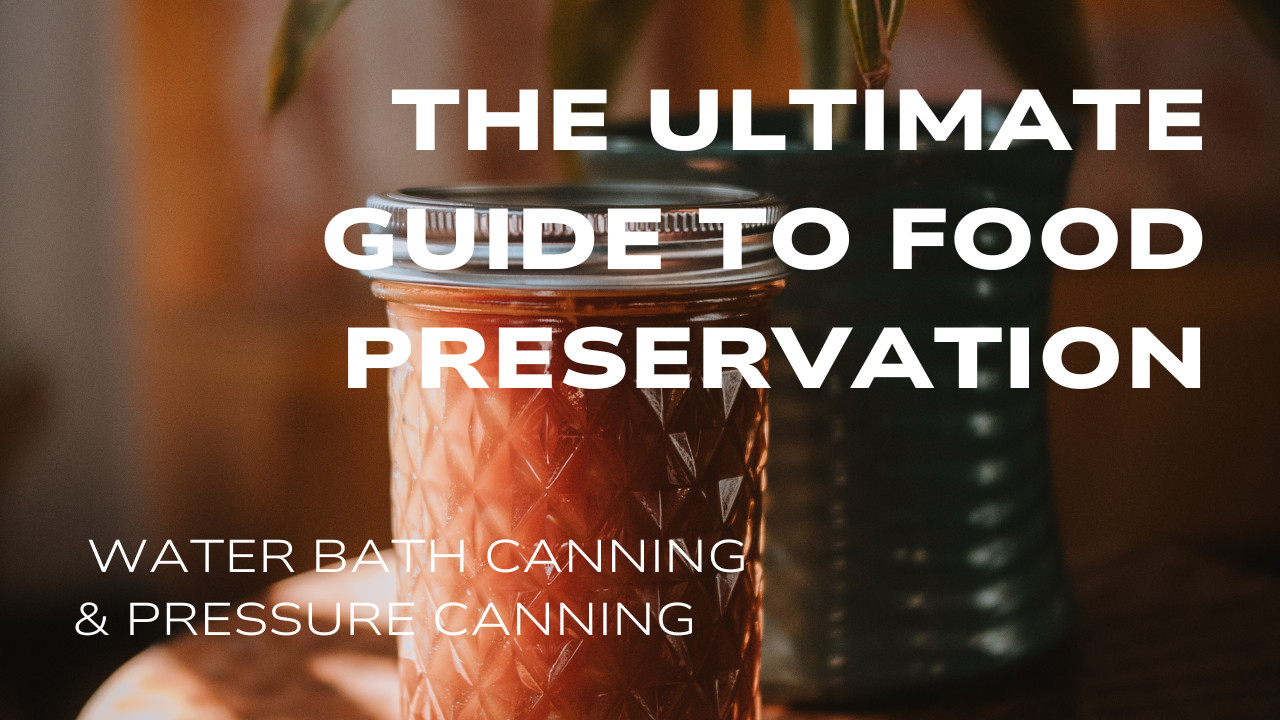
Want to preserve food for long-term storage and reduce waste? Learn how to safely can food at home with this complete guide to water bath canning and pressure canning. Discover the best canning methods for high-acid and low-acid foods, essential safety tips, and expert recommendations for proper food preservation. Whether you're a beginner or an experienced homesteader, this guide will help you stock your pantry with homemade, shelf-stable goods that last for months—or even years!
#Canning #FoodPreservation #Homesteading
Read more...
Discover the 5 essential methods of food preservation to transform your kitchen and lifestyle! From canning fresh produce and freezing seasonal vegetables to fermenting gut-healthy favorites, this guide empowers you with practical tips for sustainable, mindful living. Perfect for Santa Cruz locals and foodies everywhere, learn how to master traditional techniques that reduce waste, save money, and support local farmers. Join the Wylder Space Online Community for exclusive tutorials, recipes, and step-by-step guides that bring the art of preservation to life. #FoodPreservation #SantaCruzLiving #SustainableCooking #GutHealth"
Read more...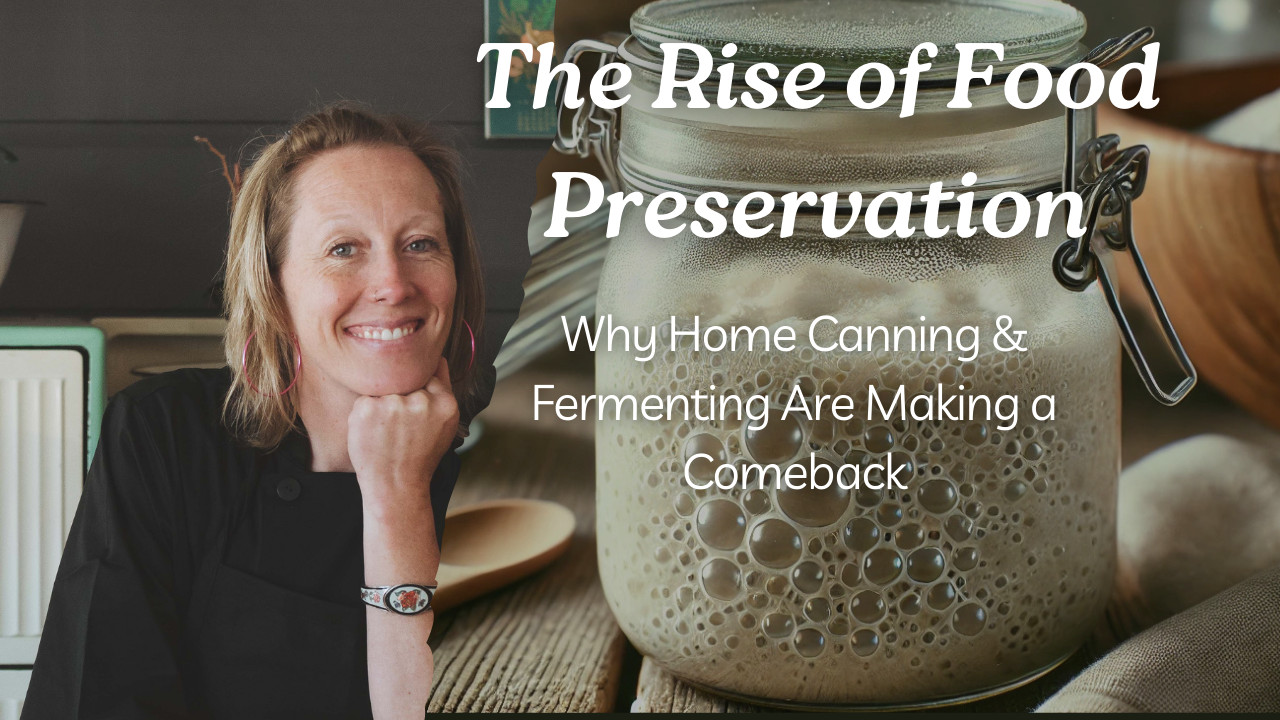
Discover why traditional food preservation methods like home canning, fermenting, and dehydrating are making a huge comeback!
More people are turning to old-school food storage for self-sufficiency, healthier eating, and reducing food waste. Learn how to start preserving your own food at home with this beginner-friendly guide to canning, fermentation, and dehydration.
Whether you're looking for preservative-free pantry staples, long-term food storage solutions, or farm-to-table sustainability tips, this post has everything you need to get started!
Read now and join the home food preservation movement. #HomeCanning #Fermentation #FoodStorage #PreservingFood
Read more...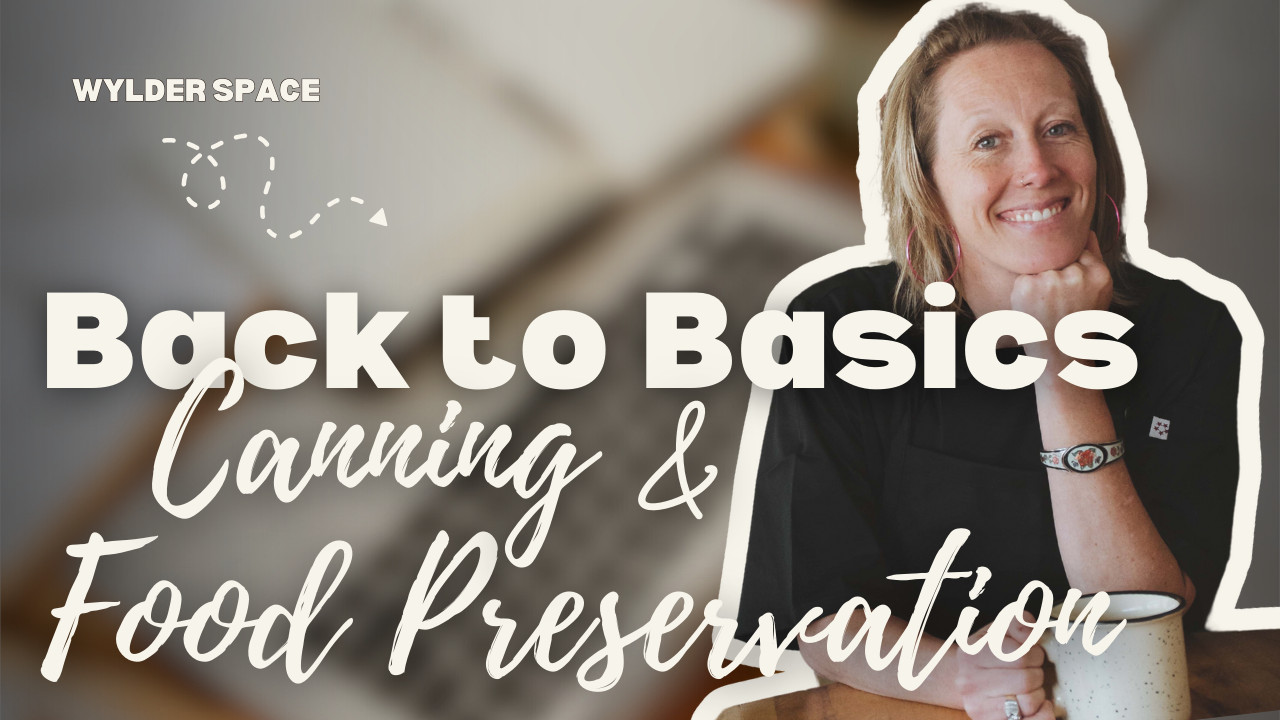
Discover the art of canning and food preservation with our step-by-step guide. Learn essential canning tips, explore creative homemade recipes, and master food preservation techniques to reduce waste, support sustainable living, and enjoy fresh, seasonal flavors year-round.
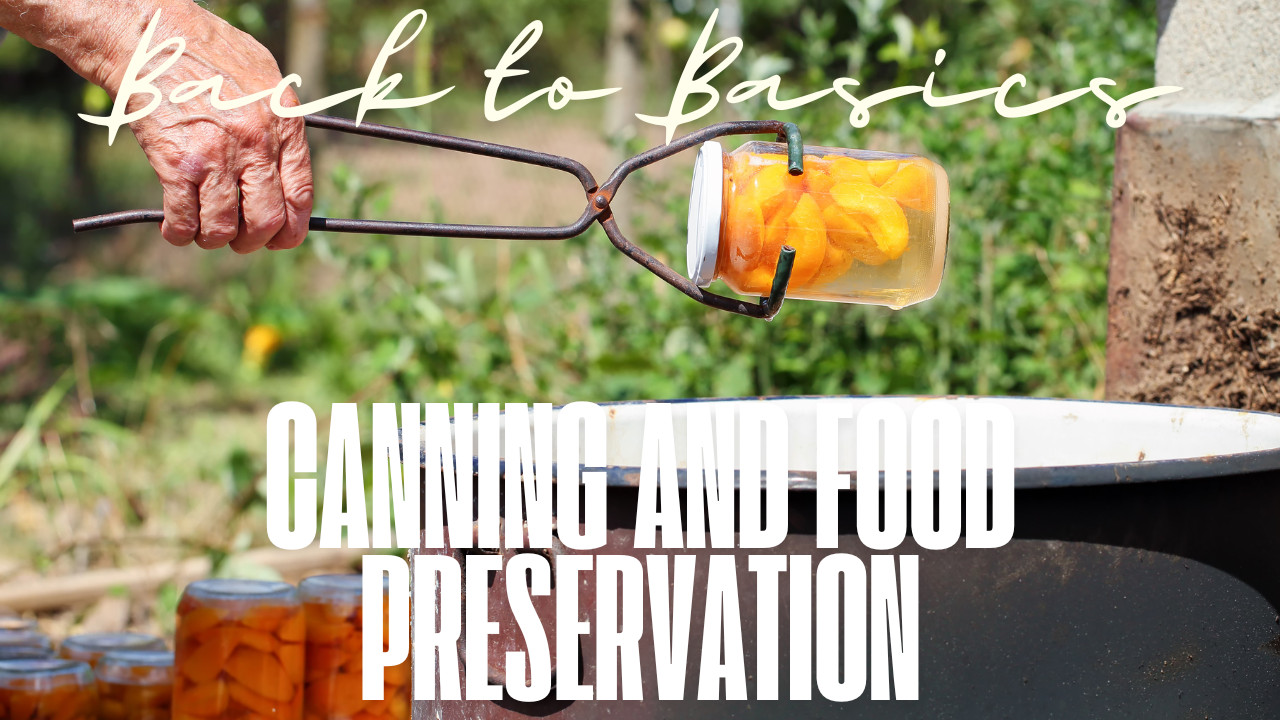
Discover the timeless art of canning and food preservation with this inspiring guide that connects the Real Food Movement to a more sustainable, self-reliant future. Learn how to turn fresh, seasonal produce into nutrient-dense, shelf-stable meals while reducing food waste and supporting local farmers. Packed with tips for beginners, insights on zero-waste living, and the powerful benefits of home-preserved foods, this blog will inspire you to reclaim the skills that nourish your family and the planet. Whether you're a seasoned homesteader or a curious beginner, find out how canning at home can transform your kitchen and your connection to real food.
Start preserving today—because a jar of homemade goodness is more than food; it’s a step toward a healthier, more resilient world.

